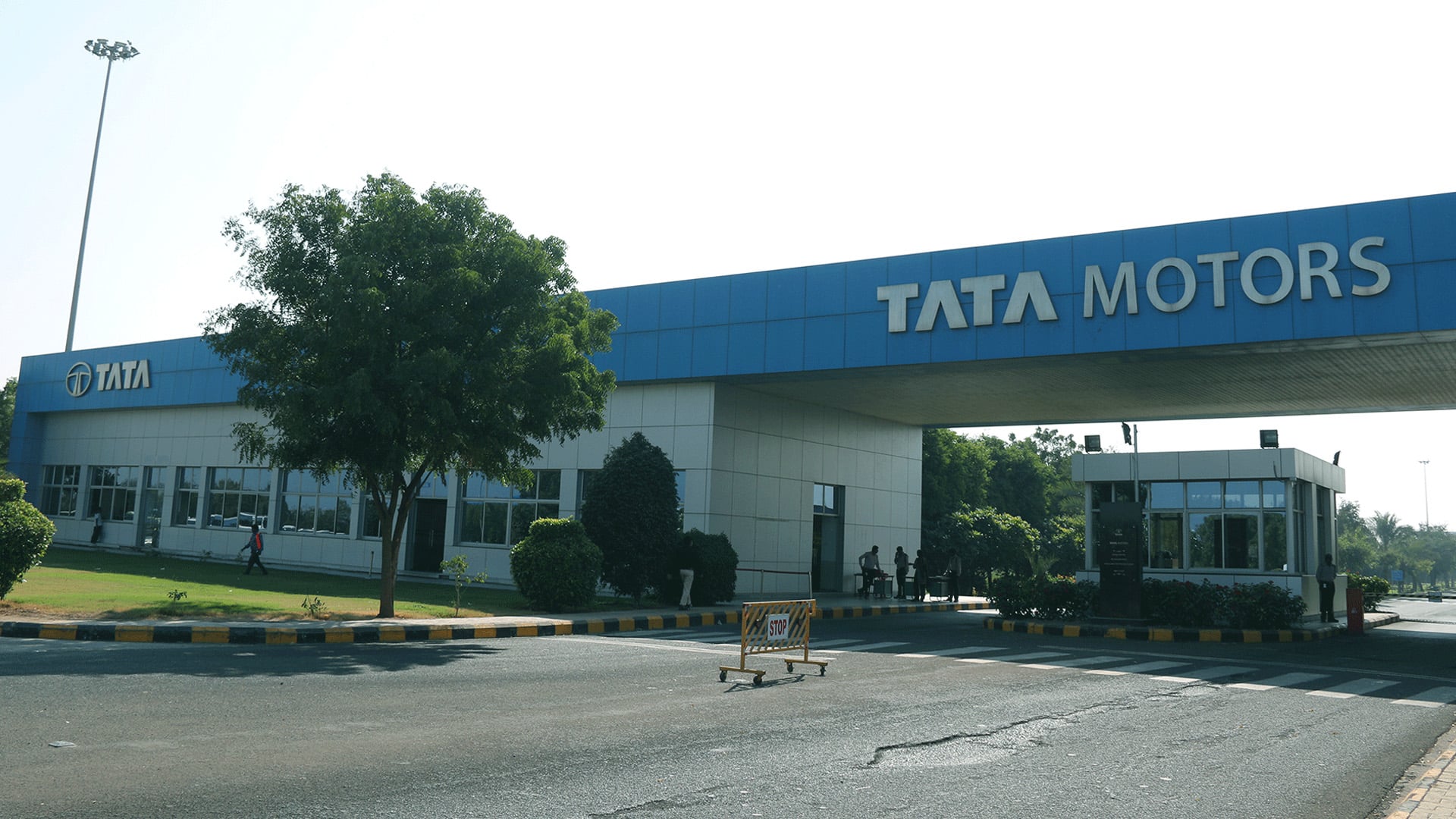Tata Motors is looking to commence operations at the Gujarat-based manufacturing plant it acquired from Ford, over the next 12-18 months to scale up its production capacity, according to its head of passenger vehicle business.
The automaker earlier this month completed the acquisition of Ford India’s manufacturing plant at Sanand through a subsidiary. In August last year, the company had announced that its arm Tata Passenger Electric Mobility Ltd (TPEML) would acquire Ford India Pvt Ltd’s (FIPL) Sanand plant, Gujarat for Rs 726 crore.
Tata Motors had earlier noted that with its manufacturing capacity nearing saturation, the acquisition is timely and a win-win for all stakeholders. The Sanand plant has a manufacturing capacity of 3 lakh units per annum, which is scalable to 4.2 lakh units per annum.
TPEML is in the process of making necessary investments to reconfigure the plant to adapt to the Mumbai-based automaker’s existing and future vehicle platforms. The unit is adjacent to the existing manufacturing facility of Tata Motors at Sanand.
In an analyst call, Tata Motors Managing Director – Passenger Vehicle and Electric Vehicles Shailesh Chandra said the company also has the ability to debottleneck capacities at its two existing facilities at Pune and Sanand by an additional 10-15 per cent.
“We are targeting to operationalise the Ford plant in 12 to 18 months,” he noted when asked about the production capacity at the company’s disposal.
Chandra noted that the company’s production capacity currently stands at around 50,000 units a month.
To a query regarding the company’s preparedness to transition its product range to conform to second phase of BSVI emission norms, he said: “It is on track and ahead of the deadline.”
The stricter emission norms come into force from April 1 this year. When asked about business outlook, Chandra noted that after a long duration of supply-driven industry, now the industry is in a situation where supply has completely normalised.
“It is meeting the demand for all the regular models except for some popular models which are still high on the waiting list. Overall enquiry to the retail time has increased for the industry. This is a signal of lack of urgency among the customer with improved supplies,” he stated.
The company will have to take a fresh look at the demand situation closely post the implementation of the BS VI Phase 2 emission norms with vehicle prices expected to go up due to the rollout of the new regulatory mechanism, Chandra said.
“In terms of actions, we are willing to go for very focused demand generation initiatives specifically in certain segments as well as hyper markets,” he noted.
And as far as margin is concerned, the automaker is taking structural material cost reduction actions and continues to drive other levers of margin improvement, Chandra stated.
Commenting on sales outlook, he said with a lean inventory and improved supplies, the fourth quarter should be strong in terms of wholesales when compared to the third quarter.
On the company’s expected model mix by 2030, Chandra said: “If we have to take a view by the end of this decade, the mix will be around 25-30 per cent for CNG, 25-30 per cent for the EV and rest would be gasoline, but with high mix of flex-fuel because that is the direction where things are going.”
Diesel vehicle share would significantly come down below 5 per cent, he said.

